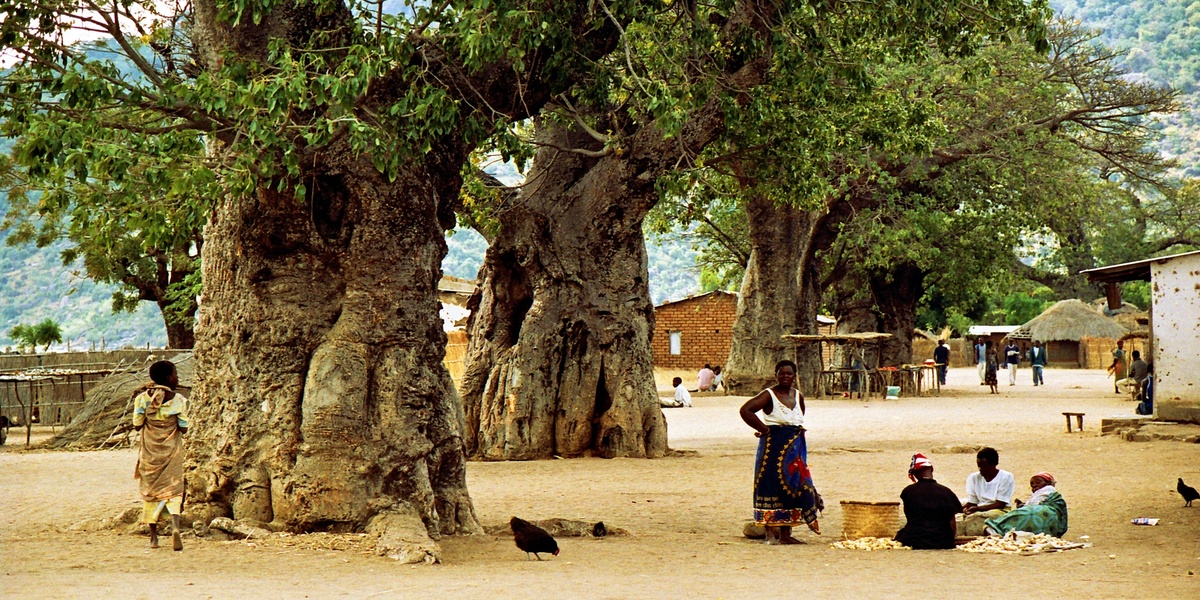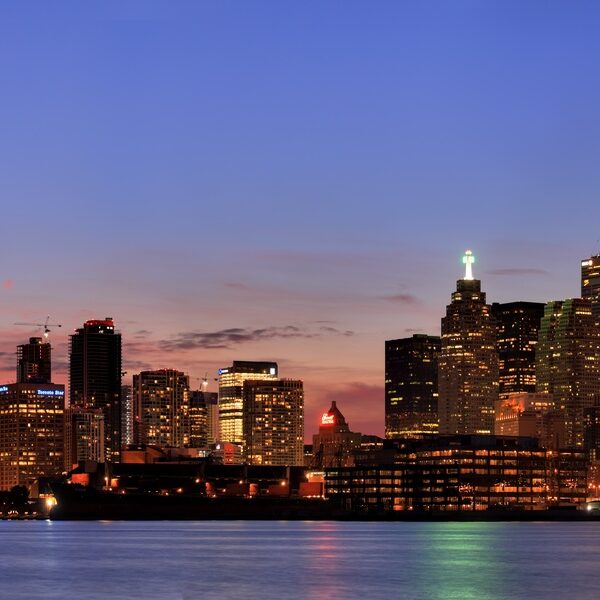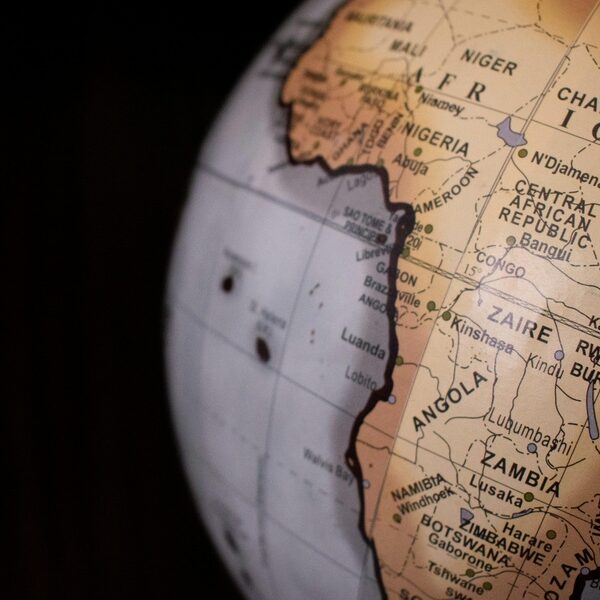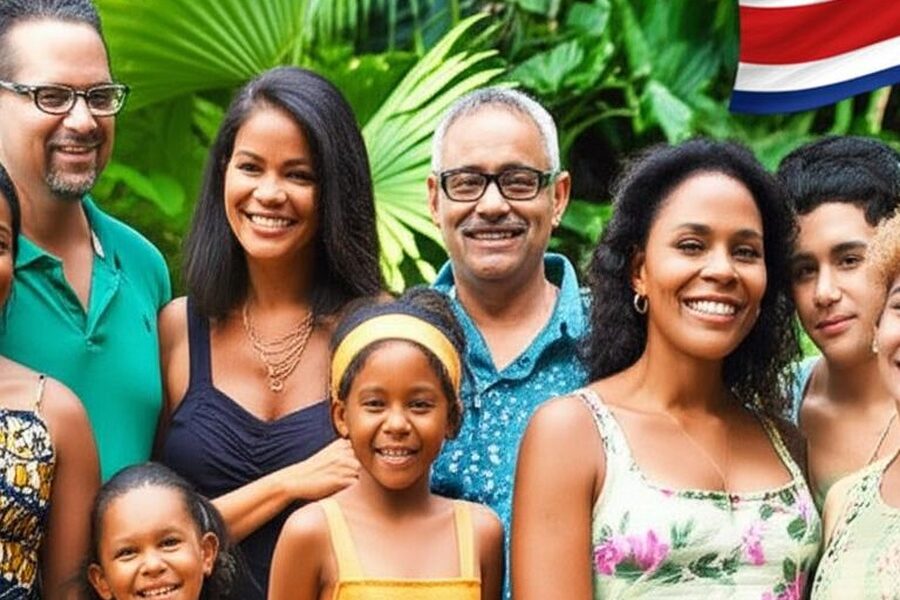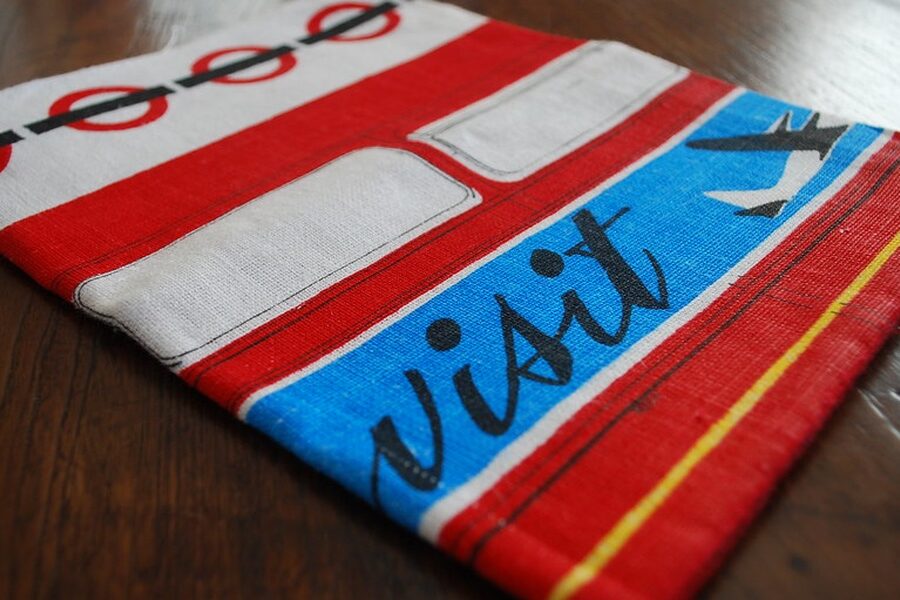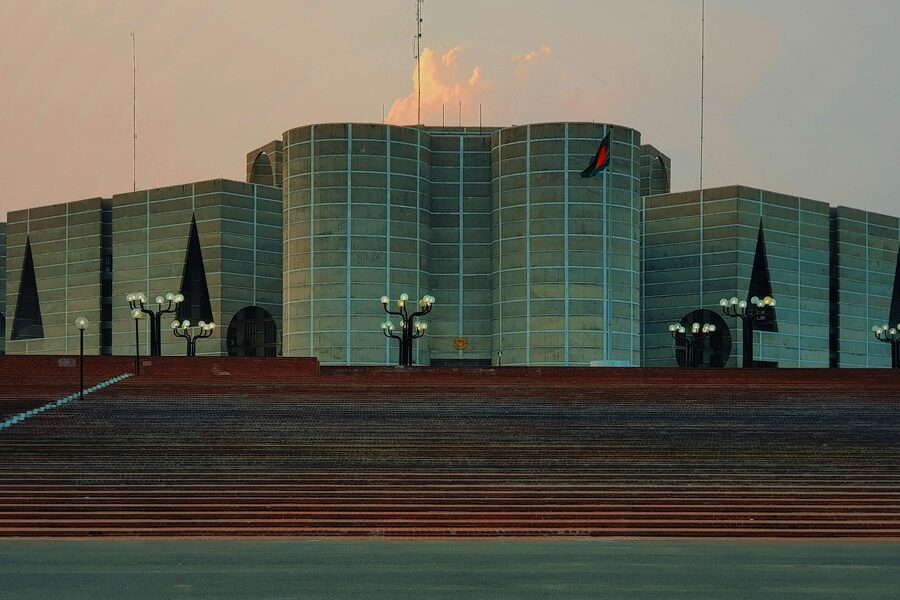Malawi, often called the “Warm Heart of Africa,” is celebrated not only for its stunning lake and scenic landscapes but also for its incredibly rich tapestry of cultures and traditions. This vibrant nation is a mosaic of communities, each contributing to the country’s unique identity.
Understanding the diverse peoples who call Malawi home is key to appreciating its character. Below, we present a complete overview of the 14 Malawi Ethnic Groups, ranging from the widely recognized Chewa to the influential Yao. For each, you’ll find essential data, including their Population (approx.), Primary Region, and Main Language, clearly laid out for your reference.
What is the largest ethnic group in Malawi?
The Chewa are widely recognized as the largest ethnic group in Malawi, making up a significant portion of the country’s population. They are primarily found in the central and southern regions of Malawi and are known for their rich cultural heritage, including the Gule Wamkulu secret society, a traditional dance and ritual often performed at important events.
Malawi Ethnic Groups
| Ethnic Group | Population (approx.) | Primary Region | Main Language |
|---|---|---|---|
| Chewa | 6,800,000 | Central Region and parts of Southern Malawi | Chichewa (Nyanja) |
| Lomwe | 3,600,000 | Southern Malawi (Mulanje, Machinga, Zomba) | Elomwe (Lomwe) |
| Yao | 2,600,000 | Southern Malawi (Machinga, Mangochi, Nsanje) | Chiyao |
| Tumbuka | 1,800,000 | Northern and Eastern Malawi (Rumphi, Mzimba, northern parts of Central Region) | Chitumbuka |
| Mang’anja | 1,400,000 | Southern Malawi (Lower Shire, Blantyre, Chikwawa) | Chiman’ja (Nyanja dialect) |
| Sena | 700,000 | Lower Shire Valley and parts of central-southern Malawi | Chisena |
| Ngoni | 400,000 | Central and Northern highlands (Mzimba and surrounds) | Chingoni (often Chichewa or Tumbuka) |
| Tonga | 350,000 | Southern Lakeshore and Lower Shire valley | Chitonga (Malawi Tonga) |
| Nkhonde | 300,000 | Northern tip (Karonga and nearby areas) | Chinkhonde |
| Lambya | 120,000 | Northern Malawi (Chitipa and nearby) | Chilambya |
| Sukwa | 80,000 | Northernmost Malawi (Chitipa, Karonga borders) | Chisukwa |
| Chikunda | 60,000 | Southern districts near Mozambique border (Lower Shire) | Chikunda/Chinyanja |
| Ngonde | 50,000 | Northern lakeshore and Karonga environs | Chingonde (Ngonde) |
| Nsanje Valley Peoples (collective) | 40,000 | Lower Shire and Nsanje district | Various local languages (Chichewa, Chisena) |
Images and Descriptions
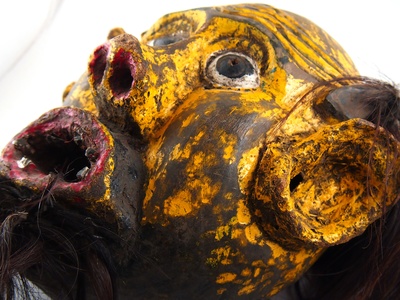
Chewa
The largest group in Malawi, the Chewa are known for the Gule Wamkulu ritual dance, matrilineal clans, and a strong presence in politics, agriculture, and national identity; Chichewa is the country’s lingua franca.
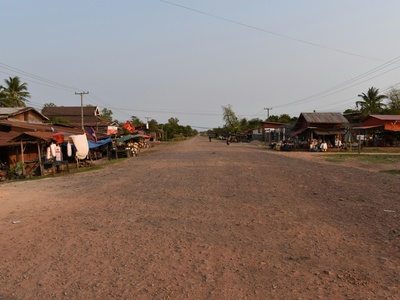
Lomwe
Predominant in the southeastern highlands, the Lomwe maintain distinct musical traditions, agricultural practices, and clan systems; many Lomwe communities speak Elomwe, though Chichewa and English are also common in urban areas.
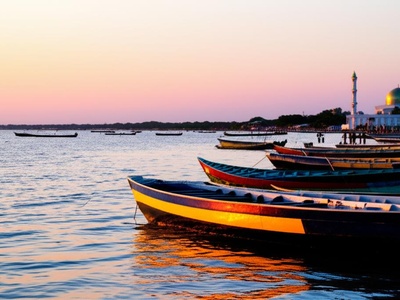
Yao
Historically traders and early adopters of Islam in Malawi, the Yao have a strong coastal and lakeshore presence, Islamic cultural influences, and notable craftsmanship in boat building and trade networks across the region.
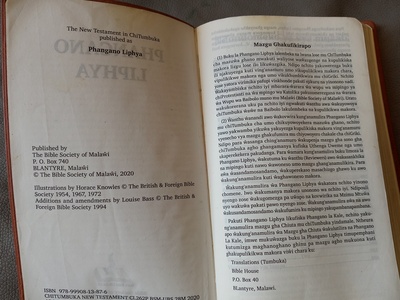
Tumbuka
Tumbuka society centers on farming, elephant-hunting history, and the Vimbuza healing rituals; they have preserved language and cultural festivals, and are influential in northern Malawi’s education and administration.
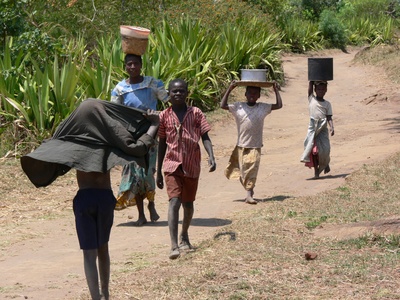
Mang’anja
Mang’anja communities live along the Shire River and lower Shire valley; culturally linked to Chewa and Nyanja-speaking peoples, they are renowned farmers, riverine trade participants, and maintain strong local chiefdoms.
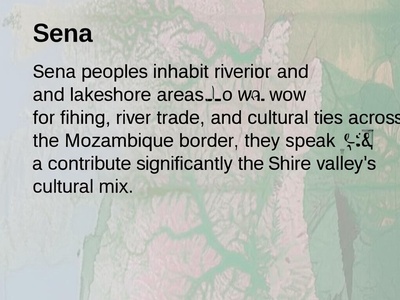
Sena
Sena peoples inhabit riverine and lakeshore areas; known for fishing, river trade, and cultural ties across the Mozambique border, they speak Sena and contribute significantly to the Shire valley’s cultural mix.
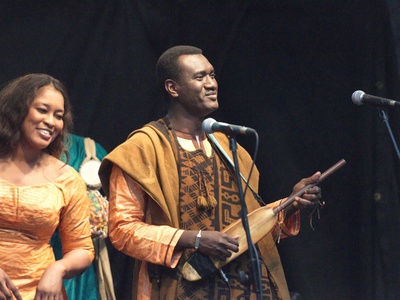
Ngoni
Descended from 19th-century Nguni migrants (Zulu-related), the Ngoni retained warrior traditions, age-grade systems, and centralized chiefdoms; many now speak local languages while preserving distinctive dances and oral histories.
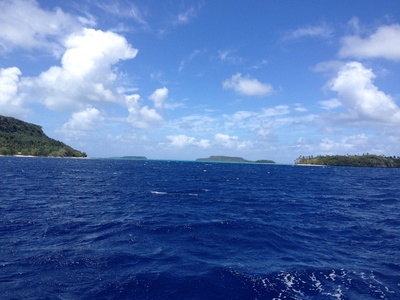
Tonga
Tonga communities in southern lakeshore areas practice fishing-based livelihoods, unique boat and net traditions, and seasonal ceremonies tied to the lake; their language is related to other Tonga groups in the region.

Nkhonde
Nkhonde people occupy Karonga district and highland zones; they maintain strong clan identities, local chieftaincies, and agricultural livelihoods, with cultural practices adapted to northern Malawi’s lakeshore and highland environment.
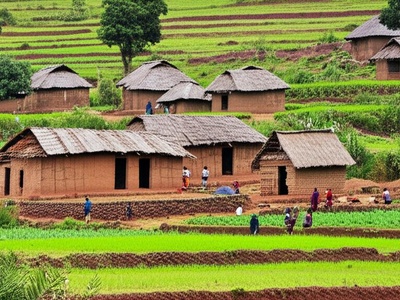
Lambya
Lambya communities in the northern highlands practice mixed farming, have close cultural ties with neighboring groups, and preserve distinct dialects, folklore, and clan-based social organization.
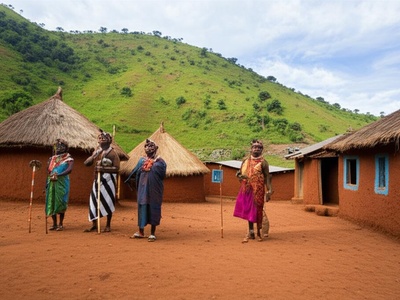
Sukwa
A small highland group, the Sukwa keep local oral traditions, unique dialect features, and subsistence agriculture adapted to northern terrain; they are often clustered in hill communities near the Tanzania border.
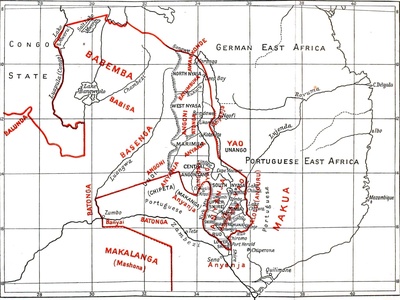
Chikunda
Chikunda are descendants of Afro-Portuguese and Mozambican groups who settled along the Shire; they have a river-trade and warrior heritage, speak regional dialects, and blend Malawian and Mozambican cultural influences.
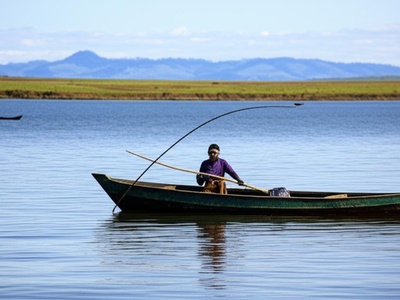
Ngonde
Ngonde communities along the northern lakeshore maintain small-scale fishing and farming economies, distinct clan structures, and cultural rites tied to Lake Malawi, with close ties to neighboring ethnicities.
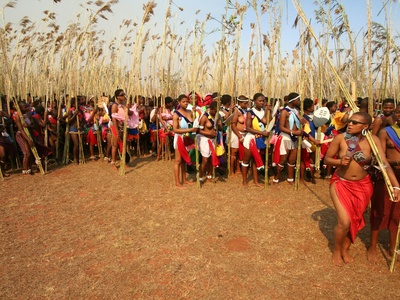
Nsanje Valley Peoples (collective)
A collective label for several smaller riverine communities in the Nsanje/Shire valley area, known for fishing, seasonal agriculture, and cultural exchange with Mozambican neighbors; speak regional dialects and Chichewa.

